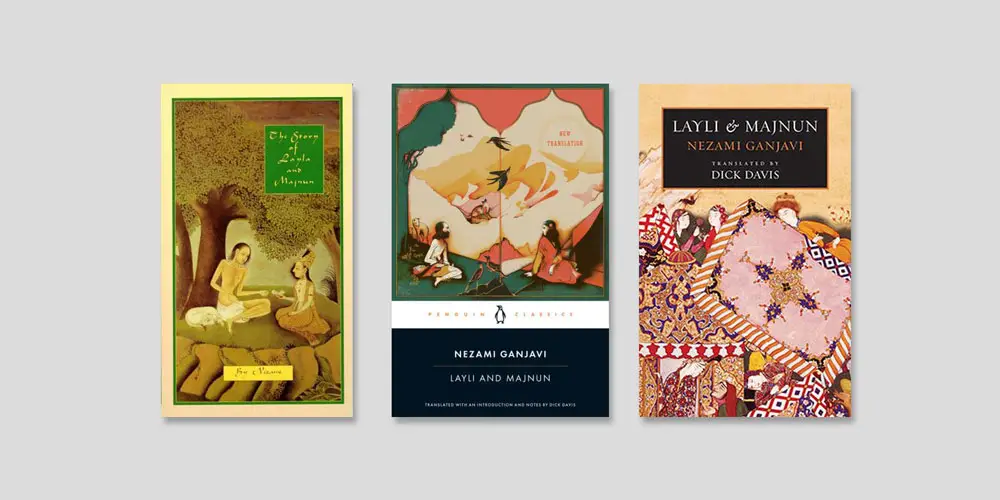Which translation of Layla and Majnun should I read?
So you want to read the epic poem that Lord Byron called “the Romeo and Juliet of the East”, the one that inspired the lyrics of the song “Layla” by Eric Clapton and at least one other song on the same album, for which Clapton gave credit to long-dead poet Nizami.
Romance is not the only theme of the poem, however: there is a strong spiritual element reflecting the values of Sufism (Islamic mysticism). The tale can be read as an allegory.
The story was not created by the Persian poet Nizami in 1188, nor is he the only one to write a version of it, but he is noted for his unusual success in transforming and unifying a bunch of traditional Persian and Arabic stories dating back hundreds of years.
Layla and Majnun: Translation History
As far as I can tell, there have been five English translations (Byng’s is an edited version of Atkinson’s). Three are in print.
- 1797 – Isaac D’Israeli
- 1836 – James Atkinson
- 1905 – L. Cranmer-Byng
- 1966 – Rudolf Gelpke
- 2017 – Paul Smith
- 2020 – Dick Davis
In the postscript to his translation, Gelpke says “The scarcity of translations into European languages is partly due to the lack of a reliable Persian text which was for the first time constituted from about thirty manuscripts by Wahid Dastgerdi in his edition of Nizami’s Collected Works (Tehran, 1935).” The translations by D’Israeli and Atkinson (published before 1935) were based on a less authoritative source, and must thus be considered out of date.
Poetry or Prose?
D’Israeli and Gelpke wrote prose adaptations; Atkinson, Smith, and Davis wrote rhyming verse translations.
Layla, Leila, Laila, Layli, Laili, or Leyli?
Majnun, Mejnoun, or Majnu?
Nezami or Nizami?
I’m referring to the story as “Layla and Majnun”. The different spellings arose (I assume) because the text was written in Persian script, not the Roman alphabet, and methods of Romanization differ.
From the description of the Davis translation, titled Layli and Majnun:
We know, because of the rhyme, that Nezami pronounced his heroine’s name as Layli in Persian with the double “ee” sound as in “sweet,” rather than the Arabic Layla, which is more commonly used for the name in English.
The name ‘Majnun’ is not a personal name. It means something like ‘crazy’ or ‘possessed’, and refers to the fact that the man in question (whose name is Qays) was mad with love for Layla.
The poet’s name may be spelled ‘Nezami’ or ‘Nizami’. ‘Ganjavi’ means ‘of Ganja’, a city in modern-day Azerbaijan.
Layla and Majnun: Translation Comparison
Extracts from the different translations of Layla and Majnun are included below.
Who was Isaac D’Israeli?
He was a British writer and the father of British Prime Minister Benjamin Disraeli. According to Wikipedia, “His most popular work was a collection of essays entitled Curiosities of Literature. The work contained myriad anecdotes about historical persons and events, unusual books, and the habits of book-collectors.”
About the D’Israeli translation of Layla and Majnun
In 1799, D’Israeli’s 1797 translation, The Loves of Mejnoun and Leila, was published in his book Romances along with three other stories, “Love and Humility”, “The Lovers”, and “The Daughter”.
This is a prose adaptation, as you can see below.
Extract from the D’Israeli translation of Layla and Majnun
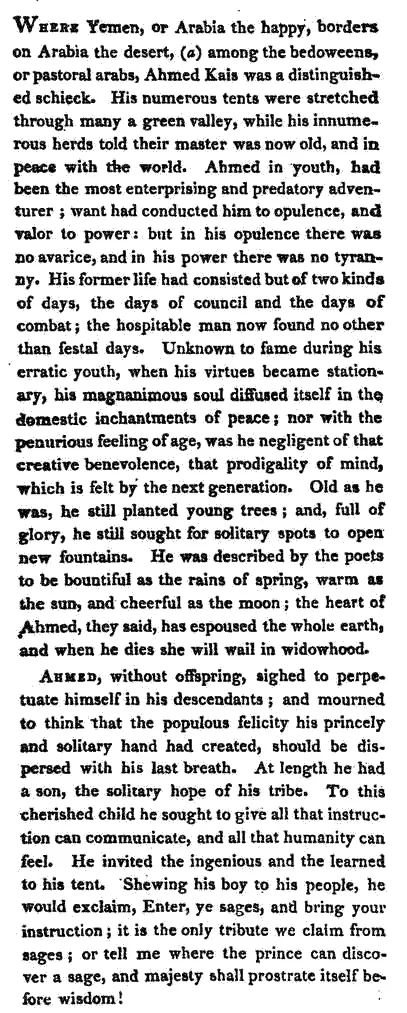
Read the D’Israeli translation of Layla and Majnun
You can browse a complete scan of Romances online at Archive.org.
Who was James Atkinson?
He was an Englishman with a number of talents (languages, medicine, art) who spent time in India, Bangladesh, and Afghanistan.
About the Atkinson translation of Layla and Majnun
Atkinson did his translation before 1935, when Wahid Dastgerdi published an authoritative edition of Nizami’s Collected Works. According to Gelpke, previous versions of Nizami’s works contained spurious changes and additions by other authors.
This is a rhyming verse translation, as you can see below.
Extract from the Atkinson translation of Layla and Majnun
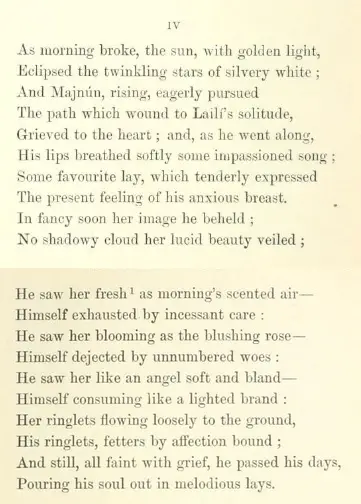
Read the Atkinson translation of Layla and Majnun
Scans of three different copies are available online at Archive.org.
https://archive.org/details/lovesoflailmaj00nizauoft
Who was L. Cranmer Byng?
Captain Launcelot Alfred Cranmer-Byng was an Englishman who edited translated books from the Middle East and Far East.
From the introduction to a book in”The Wisdom of the East Series”:
The object of the Editors of this series is a very definite one. They desire above all things that, in their humble way, these books shall be the ambassadors of good-will and understanding between East and West—the old world of Thought and the new of Action. In this endeavour, and in their own sphere, they are but followers of the highest example in the land. They are confident that a deeper knowledge of the great ideals and lofty philosophy of Oriental thought may help to a revival of that true spirit of Charity which neither despises nor fears the nations of another creed and colour. Finally, in thanking press and public for the very cordial reception given to the “Wisdom of the East” Series, they wish to state that no pains have been spared to secure the best specialists for the treatment of the various subjects at hand.
L. CRANMER-BYNG.
S. A. KAPADIA.
About the Cranmer-Byng translation of Layla and Majnun
This is not a new translation, but rather an edited version of the Atkinson translation. I assume it’s also in rhyming verse.
It seems to be quite a rare book. I only see one copy listed at Abebooks, and there are no scans of it on Archive.org, though there are scans of other books by Cranmer-Byng.
Who was Rudolf Gelpke?
He was a Swiss Islamic scholar. He lived in Switzerland, Iran, and the US.
About the Gelpke translation of Layla and Majnun
The interior of the 1966 version says:
Translated from the Persian and edited by Dr. R. Gelpke.
English version in collaboration with E. Mattin and G. Hill.
I think this means Gelpke translated from Persian to German before writing an English version. The postscript says a German version was published in 1963.
From the publisher of the 1996 edition: “An excellent English translation of Nizami’s twelfth-century poetic masterpiece, in which he reshapes the legends of Majnun, the quintessential romantic fool, into a tale of the ideal lover, an allegory of the soul’s search for God.”
This is a prose adaptation, as you can see below.
Extract from the Gelpke translation of Layla and Majnun
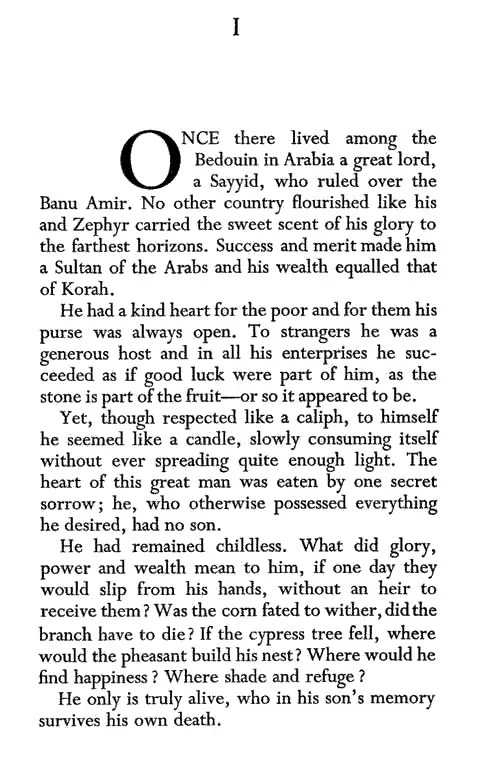
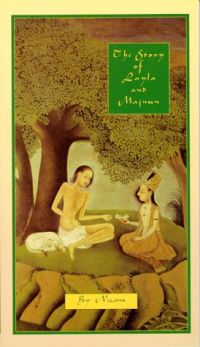
Get the Omega Publications Gelpke translation of The Story of Layla and Majnun
2nd edition from Omega Publications. Includes a final chapter translated especially for this edition by Omid Safi and Pir Zia Inayat-Khan.
Available as a paperback (ISBN 9780930872526, 177 pages).
Who is Paul Smith?
He is an Australian poet, author, and translator. He writes poetry, fiction, plays, biographies, and screenplays, and is deeply interested in Sufi poets who wrote in Persian, Arabic, Urdu, Turkish, Pashtu, and other languages. His Amazon author page lists dozens of self-published titles.
About the Smith translation of Layla and Majnun
From the back cover:
This translation contains the ‘Reason for Writing this Book’ of the Introduction and ending ‘A Prayer for the King and Conclusion of the Book’ and so is the most complete in the English language and has kept to the correct rhyme-structure of this long masnavi epic poem, while retaining the beauty of the poetry, the mystical meaning and simplicity. Included is a long Introduction on his life and chapters on all of the works with examples from them of this great Master/Poet. Selected Bibliography.
Personally, I can’t recommend Smith’s version because I can’t abide the amateurish typography and formatting.
This translation is rhyming verse.
Extract from the Smith translation of Layla and Majnun
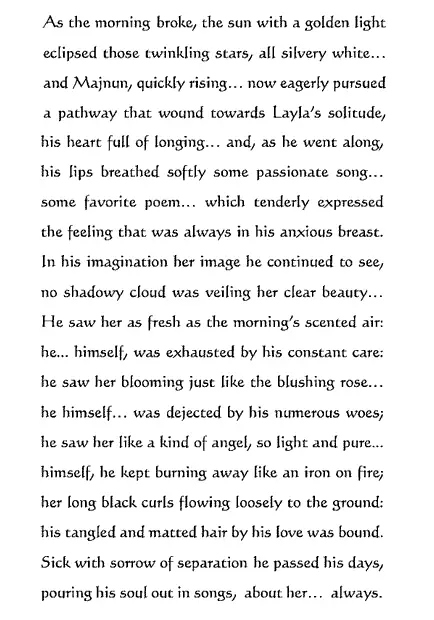
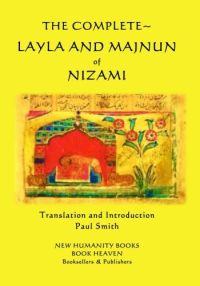
Get the CreateSpace Smith translation of The Complete Layla and Majnun of Nizami
Includes an introduction, information on the life and poetry of Nizami of Ganja, and a bibliography.
Available as a paperback (ISBN 9781546734178, 246 pages).
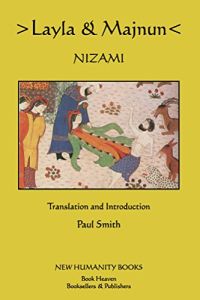
Get the CreateSpace Smith translation of The Complete Layla and Majnun of Nizami
Includes an introduction, information on the life and poetry of Nizami of Ganja, and a bibliography.
Available as an ebook.
Who is Dick Davis?
Dick Davis is an English-American scholar, poet, and translator of verse. He has lived in England, Greece, Italy, Iran, and the US.
Here’s an essay he wrote in the New England Review on the problem of translation.
About the Davis translation of Layla and Majnun
This is a verse translation with an introduction and notes by the translator. It was first published by Mage Publishers in 2020 and by Penguin in 2021.
Publisher’s Weekly: Review of Layli and Majnun
“Written in a highly regular rhyme scheme, Davis’s rhythmic translation is full of lush imagery…. [T]he story shares notable affinities with the prose romances of other cultures. This is a highly engaging tale of impossible love.”
The Complete Review: Review of Layli and Majnun by M.A. Orthofer
“The rhyme-scheme makes for catchy reading, but almost distracts from the pathos of the poem; exceptionally light-footed, the verses comes across almost too light-hearted; a somewhat more distanced translation might have been more effective in conveying the poignancy Nezami seems to have been also going for.”
The London Magazine: Review of Layli and Majnun by Joobin Bekhrad
“As expected, Davis’ translation of the romance is both accurate and accessible. That it also rhymes, as per the original, is a bonus, as free verse is often favoured by translators of such works these days.”
Extract from the Davis translation of Layla and Majnun
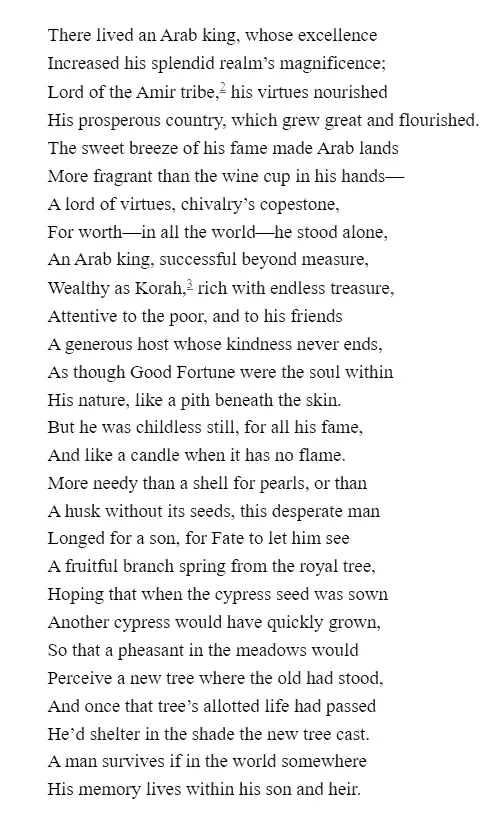
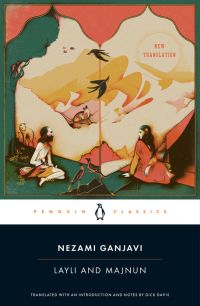
Get the Penguin Classics Davis translation of Layli and Majnun
Translated in rhyming couplets. Includes an introduction and notes.
Available as a paperback (ISBN 9780143133995, 320 pages).
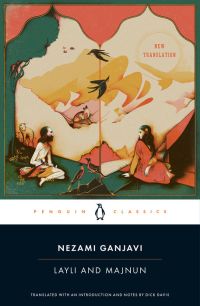
Get the Penguin Classics Davis translation of Layli and Majnun
Translated in rhyming couplets. Includes an introduction and notes.
Available as an ebook (ISBN 9780525505778).
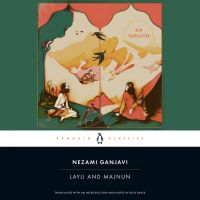
Get the Penguin Classics Davis translation of Layli and Majnun
Read by Dick Davis, Peter Ganim, Serena Manteghi and Sean Rohani. 458 minutes.
Available as an audiobook (ISBN 9780593393482).
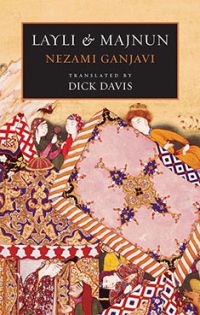
Get the Mage Publishers Davis translation of Layli and Majnun
Available as a hardcover (ISBN 9781949445152, 320 pages).
Layla and Majnun: Best Translation?
If you prefer poetry: choose the 2021 Davis translation.
If you prefer prose: choose the 1966 Gelkpe translation.
For your consideration: Chronicles of Majnun Layla
Syracuse University Press has published an English translation of a modern poetic retelling in Arabic.
“[Bahraini poet] Haddad, with the deconstructing logic of a cubist painter, rescues the overly familiar Arab love story of Majnun Layla from aesthetic oblivion. What emerges is a radical innovation in Modern Arabic poetry. Ghazoul and Verlenden’s beautifully enhancing English translation presents the refreshing eye of Qassim Haddad to the English reader.”—Jaroslav Stetkevych, author of The Modern Arabic Literary Language

